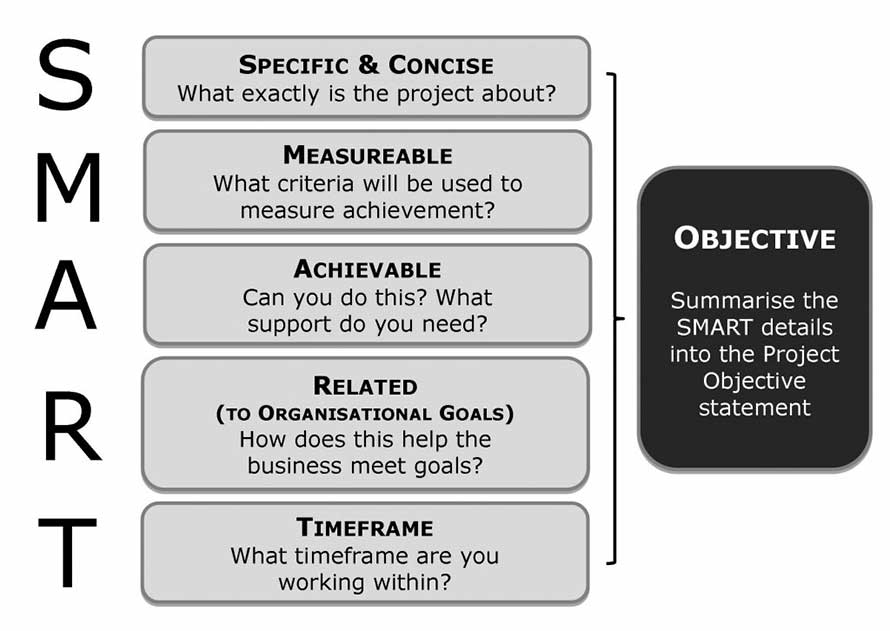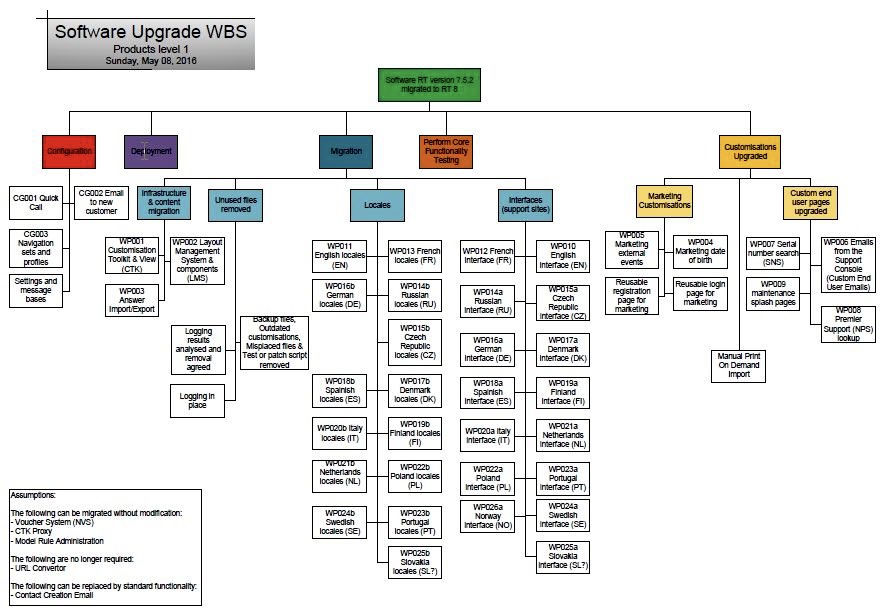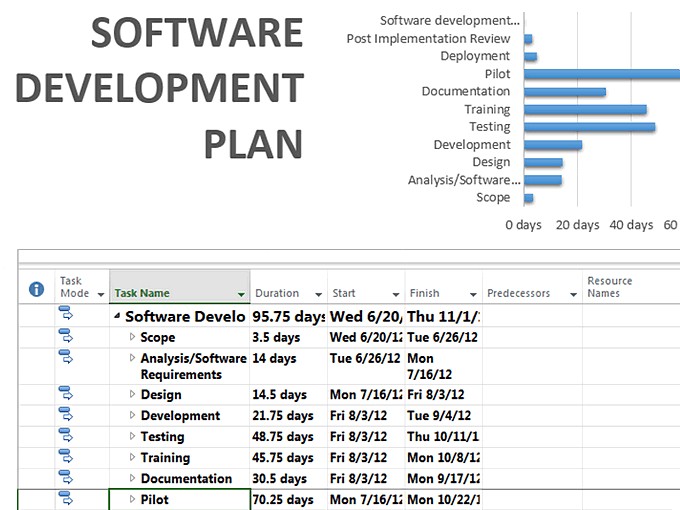Today I want to show you a hidden part of my work – Agile project management, and shortly present my checklist. The FinTech Project manager’s checklist is an inherent tool for the productive Project Manager.
It doesn’t matter whether you run a project from scratch or taking over one that’s already been started. Project planning helps you to save time and money, and eliminate risks before they arise.
Follow the checklist and manage your project with the highest success rate.
Research
Before starting a fintech project, make sure you are informed about the all facts. Dive into the project documentation, collect and ask thoughtful questions, be consequential and methodical.
Understand your Role
Clarify an understanding of your role for all participants of your project, even if it isn’t documented on paper. Further it will help you ensure that all stakeholders are considered and you know all your responsibilities (power) in case issues arise.
Identify the Stakeholders
Meet the expectations of all stakeholders, it brings your project to success. A stakeholder is a person who directly or indirectly can impact by the project.
If to identify persons affected indirectly is not easy, consider the following categories:
- The client.
- The project manager.
- The project team.
- Consultants/ subject matter experts.
- Project – or product – related departments.
- The customer who receives the deliverables.
After creating your Work Breakdown Structure (WBS, is essential part of Agile project management), meet with the stakeholders again. Find out whether they still want you to run the project. Usually, the WBS uncovers constraint problems. For example, the project may need a bigger budget than the clients are prepared to allocate.
Meet with the stakeholders, and discuss the possible outcomes. It helps you to set achievable goals for project plan. Make a comprehensive list from the output, and prioritise the needs.
Use a SMART principle for your review. The acronym SMART you may decode as:
- S – specific, significant
- M – measurable, motivational
- A – agreed upon, attainable, action-oriented
- R – realistic, relevant, rewarding, results-oriented
- T – time-bound, tangible, trackable

Remember: Make every goal measurable, track various Key Performance Indicators (KPIs), which depend on your project’s objectives. Controlling KPIs allows to evaluate the project’s performance and make data-driven decisions.
Gather your clients in the one room to determine:
- Deliverables and objectives (What results they expect from the project?)
- Key performance indicators (Metrics to determine whether the project was successful, to track performance)
- Expectations (What problems do the clients expect to resolve with this project?)
- Scope, budget and timeframe.
The goal is to always set the exact objectives, budget, scope, and timelines. Avoid vague discussions, and write everything down.
Create a Vision
Without a strong, shared vision, it’s hard to convey the impulse needed to get the project off the ground. From the smaller goals, build a strong vision statement.
Your vision statement should explain what the project is needed to achieve:
- Where does the project bring the benefit to the overall business strategy?
- What project’s outcome is expected?
- How the stakeholders will benefit from the project?
Prepare a Project Plan & Work Breakdown Structure
When you as a project manager collected enough information to start planning the project, use a project planning tool like comprehensive Jira, Confluence, or for small projects: Trello, Asana, or even a simple spreadsheet.
Remember a rock solid project plan can be achieved in any solution as long as it helps you to formalise your thoughts and bring consistency. Keep in mind your project plan should be as simple as possible – straightforward and easy to read.
A WBS will help you define all the tasks and activities that need to be completed in order to finish the project. And identify all the requirements, and then break them down into tasks.
It helps you to understand task dependencies – which tasks have to be completed first? And determine the critical path – the task completion sequence that will help you finish the project in the shortest possible time, with the lowest possible costs.

Please find below a common plan for IT project as an instance, but keep in mind that a full project plan should be supplemented with other documents.

Project Plan should contain:
- The project scope statement.
- A project schedule.
- Project risk plan.
- Change policy.
- The project communication plan.
Your fintech project plan is like a road map.
Develop the Budget
Make your project budget detailed, time-based estimated for all the costs of project. Develop a budget step by step – from an initial estimate to a detailed version to the final approved project budget.
When you run a project, it is difficult to estimate how much it will cost – and degree of uncertainty in projects, thus it is one of the project manager’s greatest challenges.
Count all direct and indirect costs, with a small amount assigned for contingency reserve ~ 20%. When you get to know, how long a project is going to take and how much resources you need, you can calculate the approximate total for the direct and indirect costs.
Define the Direct Costs
Such costs are directly attributed to the project and charged on an item-by-item basis.
- Labour (people) costs.
- Consultant/ subject matter experts fees.
- Raw material costs.
- Software licences.
- Travel costs.
Define the Indirect Costs
These costs represent resources that benefit more than one project, and only a part of their total cost is charged to the project.
- Telephone charges.
- Office space rent.
- Office equipment costs.
- General administration costs.
- Company insurance costs.
Don’t forget about the Contingency Reserve
Reserve a space to your project to cover risks. It’s a percent of the total project cost and time.
Create a Resource Allocation Plan
The resource allocation plan is an important part in the efficient management of scarce resources. Usually organisation’s resources include people, equipment, materials, knowledge, and time.
Determine what resources are available for the project, now and in the future. List the type of resources you needed and the timing. Your resource plan must be flexible enough to adjust as further occurring changes.
A Resource Plan clarifies:
- The number of resources required per project activity.
- The timeline for consuming these resources.
- Detailed resource utilisation schedule.
Establish the Deliverables
With pre-defined goals, write a list of stuff the project needs to deliver to meet those goals. In other words divide all to tasks and subtasks. Specify when and how to deliver each item. Use notes for tasks to bring additional explanation for controversial moments.
When you finish your project, the results and deliverables should be as agreed upon in the project plan.
Make sure you compare your results against the established acceptance criteria to see if they fit the specifications.
Important to prepare the handover, project completion documentation, and schedule the final meeting with stakeholders.
Describe a Timeline
Prioritise a list of tasks that need to be done for each identified deliverable. Determine the following for every task:
- The amount of time (hours, days, etc.) required for completing the task.
- The responsible person who is assigned to the task.
- After previous things you can estimate the time required for each deliverable, and a delivery date.
At this point in the planning, you can use project planning (Agile project management) software such as Jira, MS Project, Trello, Asana etc, to create your project schedule.
(Re-)Assess the Deadline
Usually delivery deadline imposed by the client, thus you need to negotiate with client the realistic date. Contact the client immediately, if you find out that you can’t deliver the project on time.
Your options:
- Renegotiate the deadline (project delay).
- Employ additional resources (increased cost).
- Reduce the scope of the project (fewer deliverables).
- Use the previously written project schedule to justify pursuing one of these options.
- Create a Schedule for Your Project Team.
When all stakeholders have signed off on the project plan, prepare a schedule for your team:
- Determine epics, user stories, tasks, subtasks and add them to your backlog (task management software).
- Set deadlines.
- Assign tasks to team members.
- Identify task dependencies.
- Set priorities in your PM tool.
Create a Communications Plan
Every project must begin with clear communication of the project goals and the effort required to meet them. Technically, you can manage projects with a piece of paper, but it makes things more complicated
It’s better to get a visual task and project management tool.
The document should include:
- Who should be informed about the project.
- How often and when should they be informed.
- How will they receive the information.
Commonly it is the weekly or monthly status report, describing how the project is performing, milestones achieved, and the planned work for the next period.
Sometimes you need a project management tool only to communicate with your team and improve your productivity, it depends on the project.
If you’re working on a long project, the external stakeholders (e.g. clients, top management) usually want to be kept in the loop regarding your progress.
Risk Management Plan
If something goes wrong, you have be prepared: identify as many risks to your project as possible. You know exactly what to do, If you’ve previously described good change, risk policies and processes in the initiation phase.
When you face an issue that doesn’t affect the main three constraints: time, budget, and scope, add it to your backlog. If the issue affects the principal three, consult your team and stakeholders to revise the plan.

Consider common project risks:
- Unclear roles and responsibilities.
- Rare communication causes misunderstandings, quality problems and rework.
- When the project has started stakeholders want to add or change requirements.
- Lack of resource commitment.
- Misunderstanding stakeholder needs.
- No stakeholder input obtained.
- Too optimistic time and cost estimates.
Remember: Ignoring risks doesn’t eliminate them 😉
The Document management
To keep the project fully transparent, attach project plan to other project-related documents like the proposal, time logs, work reports, meeting notes, or what ever else that might be helpful.
Format
Now you have the fintech project management checklist, you can build an actionable project plan. Don’t forget to include the project information like the client & project name. Add your company’s (and the client’s) logo. Use your company’s branded fonts and colour scheme.
Track the Progress
When you made it, don’t forget to update your plan as the project makes progress, also measure progress comparing with plan’s KPI.
The common practise for Agile project manager is to use a project KPI dashboard that provides a quick overview of the project’s performance and updates. It provides a real-time overview of the KPIs and facilitate to make informed decisions and achieve long-term goals. The best practise to dashboard reporting features or use Gantt charts to streamline reporting.
